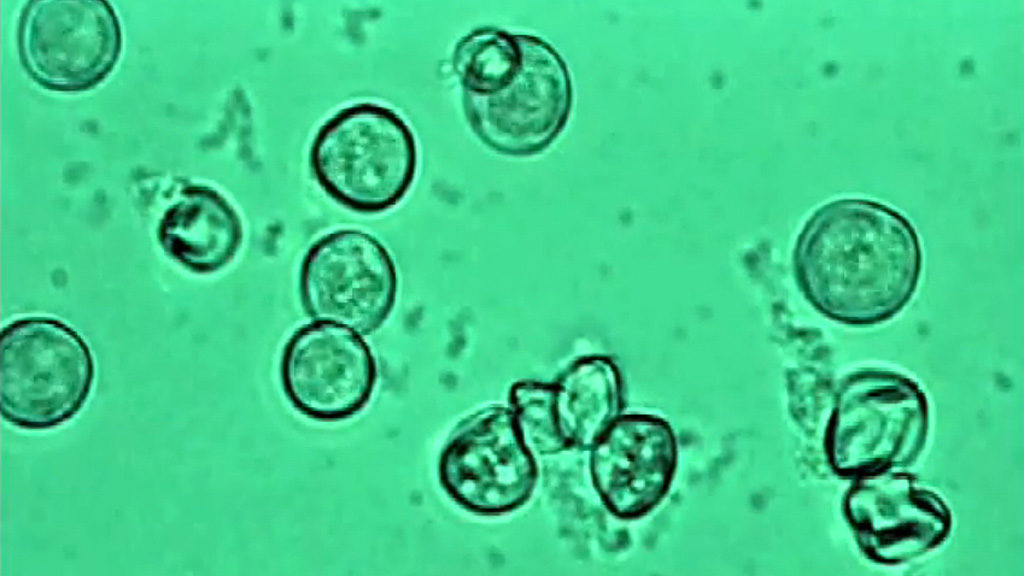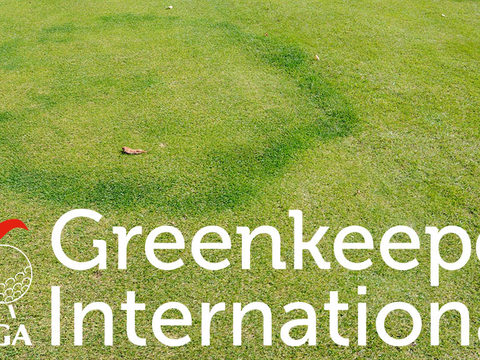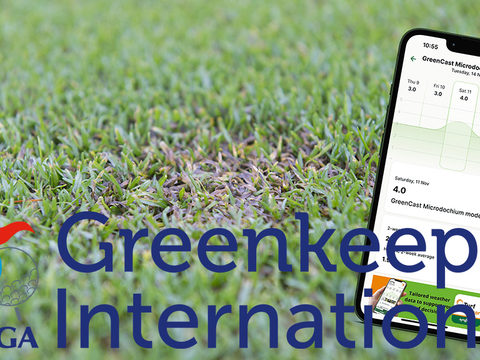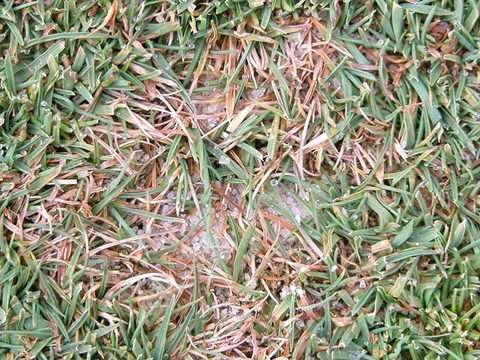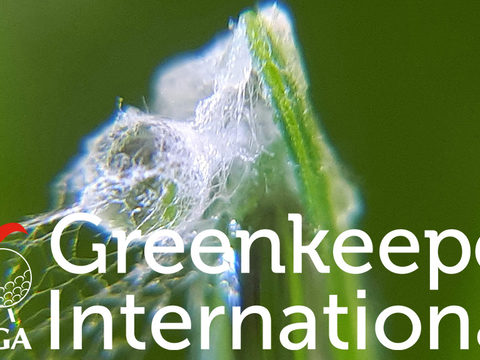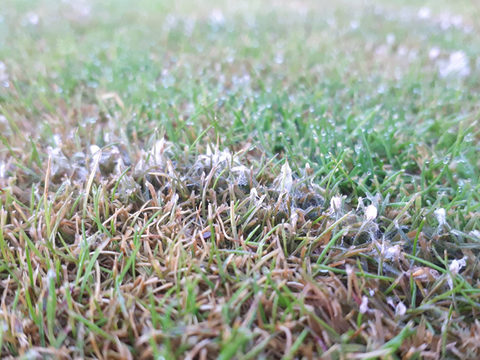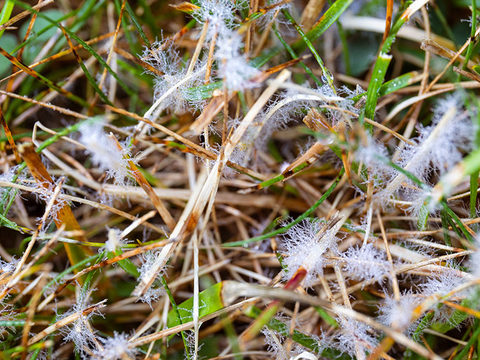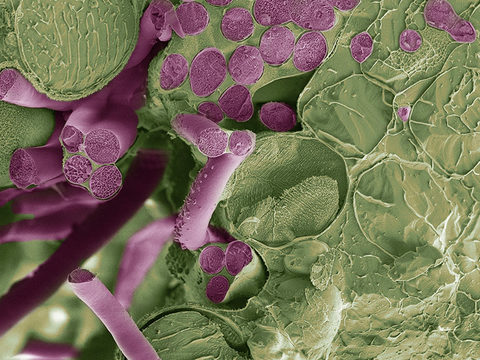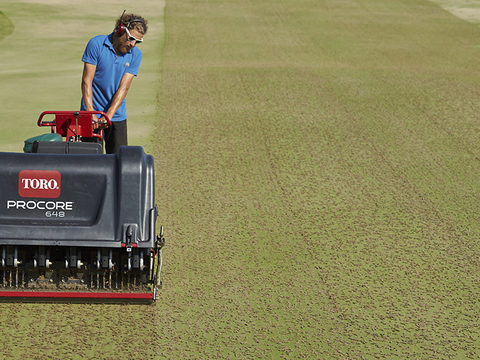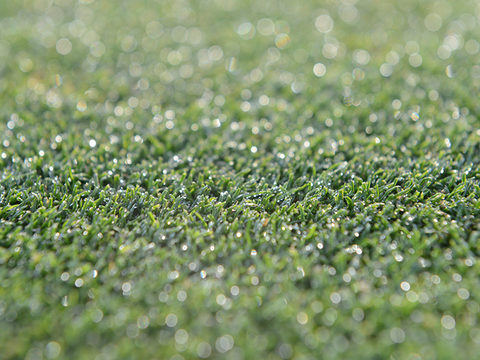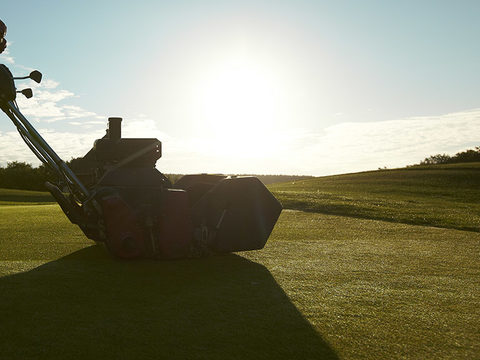How long will your fungicide last?
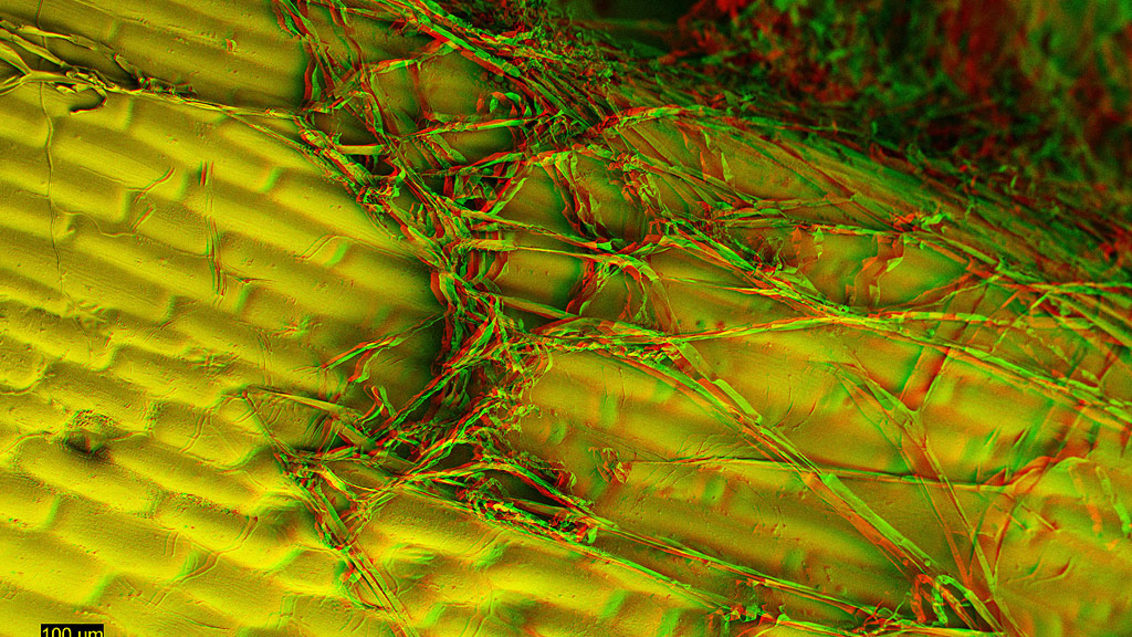
As we move into winter and a key turf disease control period, one of the questions we are repeatedly asked is ‘How long will my fungicide last?’, reports Syngenta Technical Manager, Glenn Kirby. And it is especially relevant with this season’s conditions already creating huge challenges for microdochium patch pressure.
Scientific measurement of an active ingredient’s half-life can tell how much physically remains in or on a leaf under a given set of conditions. However, for day-to-day turf management and quality, the real issue is how long the effects of a fungicide application will last in practice – and therein lies a huge number of variables.
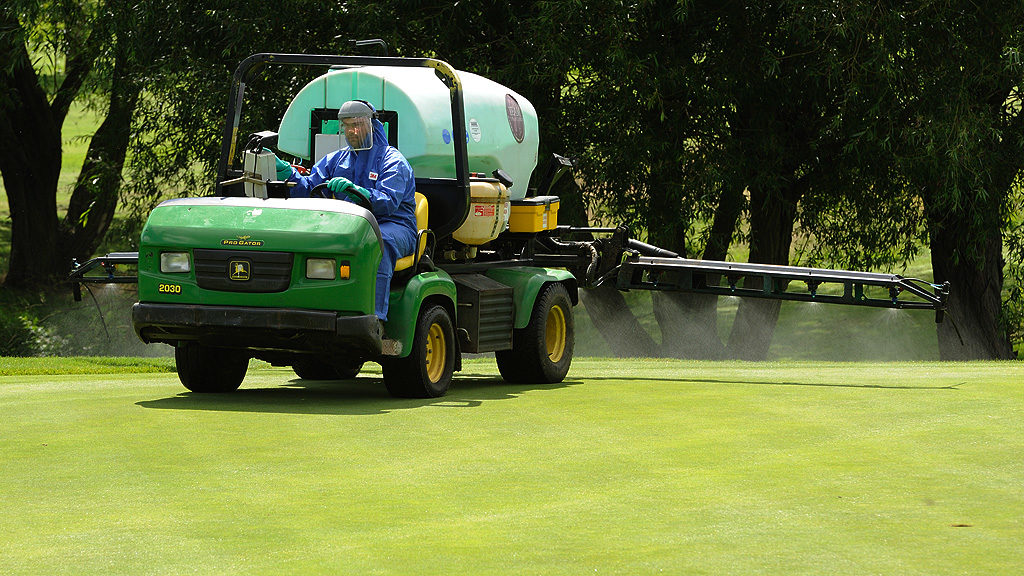
Research trials frequently show results of disease control and clean turf surfaces far longer than the expected period of active ingredient remaining in the leaf. This comes down to:
|
|
|
|
|
Understanding how those variables will impact on results is hugely important in creating an effective preventative fungicide programme, as well as the knowledge to adapt the programme to conditions that will optimise performance.
Decline rates
Once applied, a fungicide’s active ingredient starts to naturally breakdown into its constituent chemicals. The rate at which that change occurs depends on a number of factors, including:
|
|
|
|
|
|
In most instances this is directly related to temperature – the warmer the conditions the faster the breakdown. It’s no coincidence that warmer temperatures directly correlate to higher levels of growth and potential dilution of active in or on the leaf; with any reduction of effectiveness of a fungicide often associated with “growing out”.
Extensive published research has shown with the fungicide, iprodione, for example, the half-life of active on the leaf was 39 days when treated plants were incubated at 10°C, but only nine days at 20°C and less than five days at 30°C. With another active, chlorothalonil, the half-life was nine days at 10°C, but four days at 30°C.
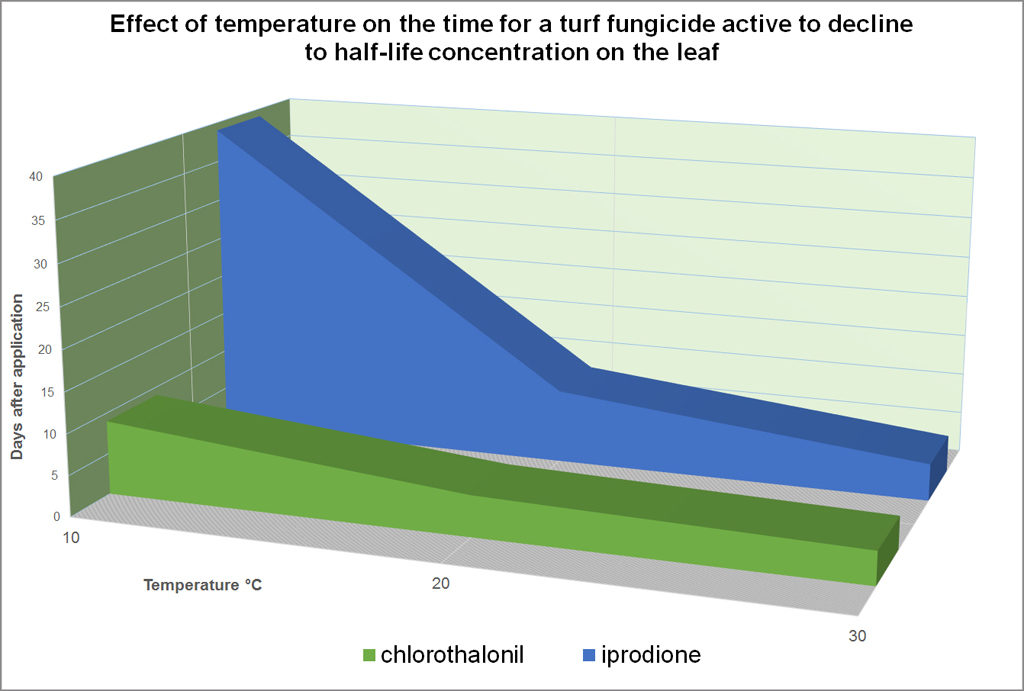
When samples from the trials were left in the field at ambient temperature and subject to conventional management, the half-life for iprodione was less than two days, which researchers attributed to the physical removal during mowing (Koch, 2012).
Where a fungicide is taken up by the root or crown of the plant, that can act as a reservoir to replenish the active in the growing leaf for longer periods. One new actives in development for turf, which is taken up by the crown and leaf axials, for example, has been shown to have no apparent loss in concentration in the leaf 10 days after application.
Day degree limitations
The fact that fungicide actives naturally decline faster at higher temperatures would suggest that applications based on Growing Day Degrees (GDD) would be a useful guide. Whilst it does have merit, since we have seen each active declines at different rates, it would require a different GDD for each product. It also takes little account of other factors, including the fungicide’s mode of action, clipping removal or climatic influence on disease pressure.
Furthermore, if the GDD were reached and a further fungicide applied at a time when disease pressure was low; it could be largely unnecessary, or may even be counter-productive if risk then rises when the optimum efficacy of the treatment had expired.
However using temperature as a measure to think about timings has helped many turf managers move away from the simple calendar-based “monthly application” and think more about:
- Adjusting application windows based on the weather conditions and amount of disease pressure
- Looking forward, to forecast GDD, predict future disease pressure and identify suitable application windows - rather than waiting and hoping for a suitable window
Disease knockdown
The impact of initial disease pathogen knockdown has the biggest effect on how fast the population can recover back to damaging levels – and ultimately how long the fungicide effects will last. The potency of the selected active ingredient against the specific target pathogen is crucial.
Watch a video of Medallion TL action exploding disease spores before they germinate |
Choosing a fungicide most effective against your target pathogen, and using it in the right time of year and conditions is essential. A systemic fungicide that works by moving around within the leaf typically requires the plant to be actively growing to make the most of its effects. A contact product that works by coating the leaf and preventing infection getting in, is best suited to periods of slower growth where protection stays in place for longer.
What is increasingly apparent is that with climatic changes to weather patterns, decisions need to be made on conditions at any given time, rather than historical choices made on seasonal dates.
Life cycle stage
Furthermore, in addition to the time of year, application timing to get the biggest possible knockdown of pathogen levels also applies to the stages of disease development when treatments are made. The mode of action of different fungicides typically target a specific stage, or stages, of the life cycle; if the product is applied just when the disease is reaching that point, it will have the greatest effect and results will last longer.
The challenge is that disease populations are highly dynamic and will be present in turf at differing stages in its life cycle. But the aim remains to hit the pathogen at its most vulnerable point and to prevent further development.
Today’s fungicides all work most effectively to prevent the early stages of disease infection. Since that is before any signs of infection are visible on the leaf, it is reliant on risk assessment based on greenkeepers’ experience of their specific course and conditions, along with weather and disease forecasting, to pre-empt when and where disease is likely to breakout.
The development of more sophisticated GreenCast disease models, along with digital mapping will further help with decision making in the future, with better timing of fungicide treatments giving longer lasting results.
Integrated Turf Management
Trials have frequently shown Integrated Turf Management (ITM) techniques, which combine to make conditions less favourable for disease and plants more resilient to the effects of infection, will slow down the build-up of disease and prolonged results from fungicide treatments.
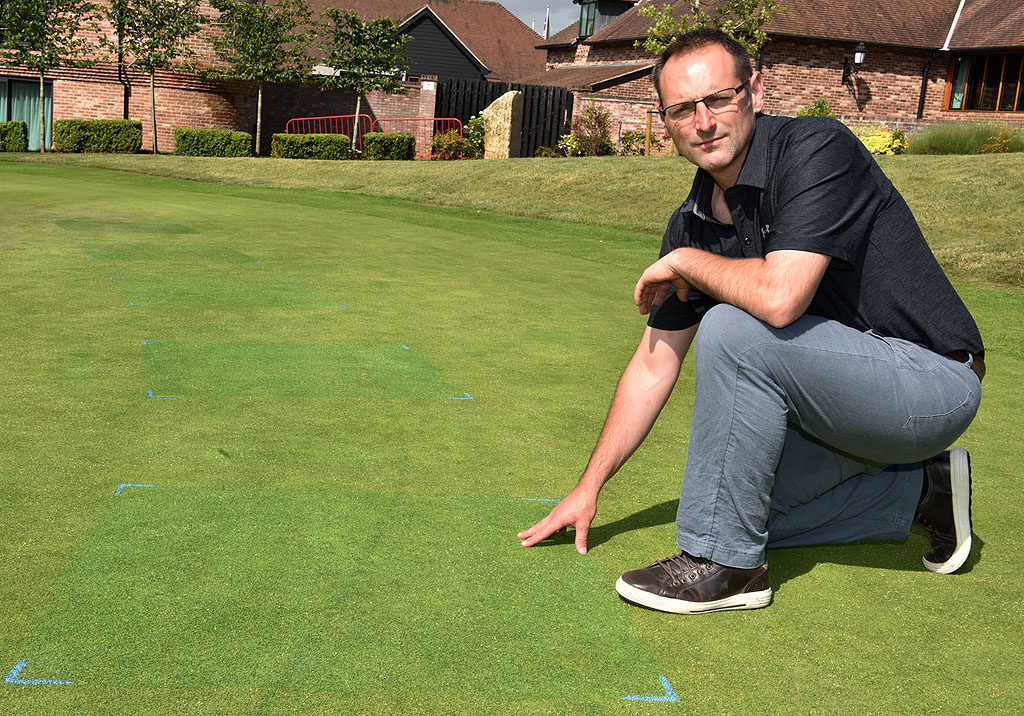
New Syngenta research underway at STRI, in association with ICL, is assessing new combinations and techniques designed to achieve prolonged disease control and maintain higher turf quality throughout the season.
Results from the work will mark an important step in ensuring it is possible to get the longest possible results from every fungicide application.
Read more Greenkeeper International InSight articles here

